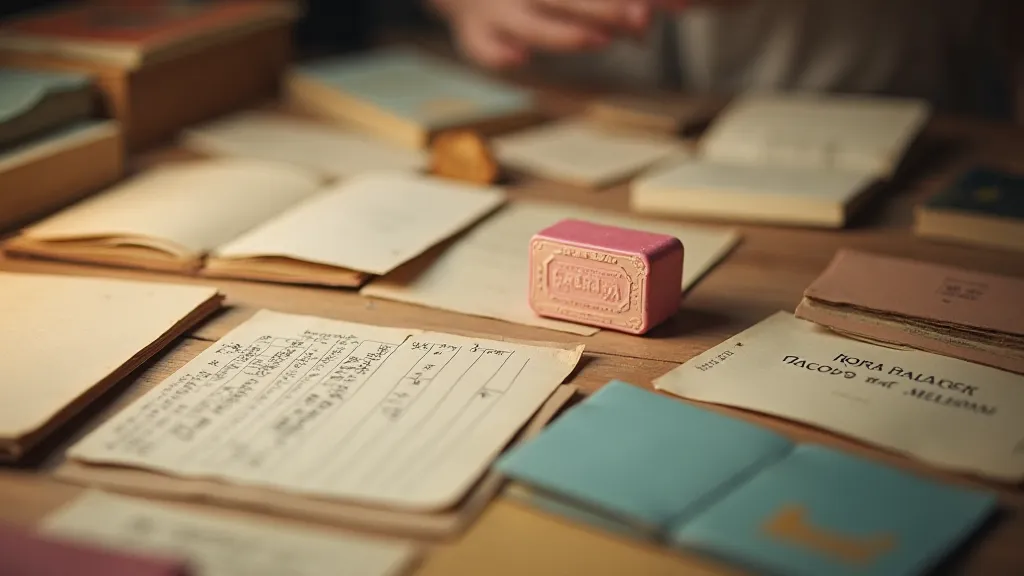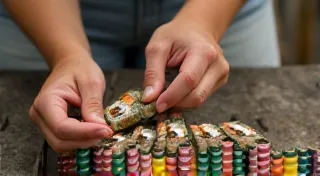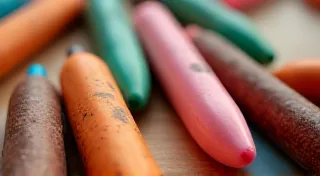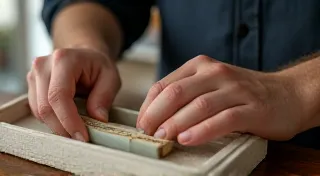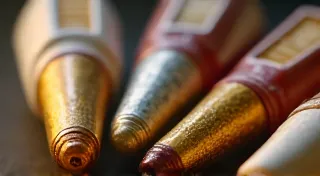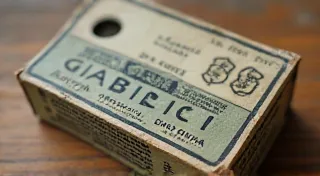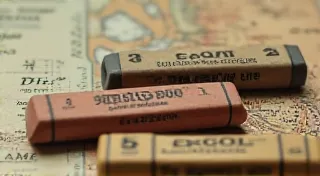The Rise and Fall of the Pink Pearl Eraser
The world of collecting vintage pencil erasers might seem niche, but within it lies a surprising depth of history, artistry, and, yes, even value. Among the most recognizable and sought-after vintage erasers is the Pink Pearl. These charming, often-fragile erasers hold a special place in the hearts of stationery collectors and evoke a wave of nostalgia for simpler times. Let’s dive into the story of the Pink Pearl, exploring its origins, its appeal, and the factors influencing its current market value.
A Brief History: The Rubberoid Era
To understand the Pink Pearl's significance, it’s important to understand the context of its creation. The late 19th and early 20th centuries saw a revolution in the stationery industry. The invention of vulcanized rubber, and later rubberoid, paved the way for mass-produced pencil erasers. Before this, erasers were often made from breadcrumbs or pumice – hardly the reliable, consistent tools we’re familiar with today. Rubberoid, a cheaper and more malleable alternative to natural rubber, fueled experimentation and innovation in eraser design.
Several companies began producing novelty erasers, often shaped to resemble animals, fruits, or cartoon characters. These weren't just functional tools; they were miniature works of art and collectibles, especially popular with children and students. This era saw a blossoming of unusual eraser designs, something you can delve deeper into when exploring collecting novelty erasers, from clowns to cartoon characters. The Pink Pearl emerged during this period, likely in the early 1920s, and quickly gained immense popularity.
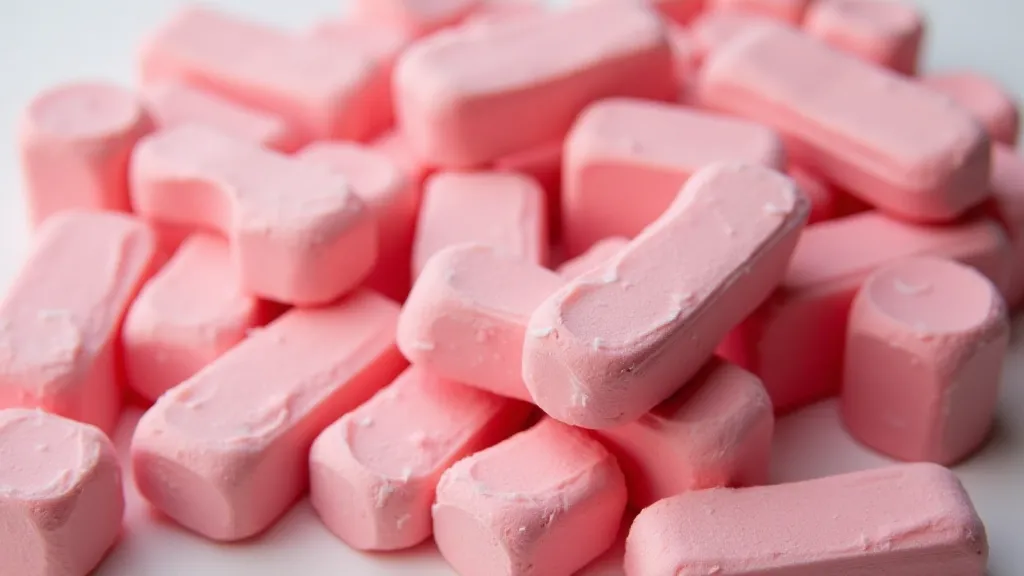
The Appeal of Pink: Color, Shape, and Sentiment
The Pink Pearl’s appeal wasn't just about functionality; it was about aesthetics and sentimentality. The bright pink color was a novelty at the time, a stark contrast to the predominantly gray or black erasers common before. The shape, typically a simple oval or rounded rectangle, was often characterized by a slightly irregular or "hand-formed" appearance, contributing to their unique charm. While mass-produced, the slight imperfections gave them a handcrafted feel, adding to their desirability.
Beyond the visual appeal, the Pink Pearl evokes a strong sense of nostalgia. For many collectors, these erasers represent a connection to childhood, to classrooms of yesteryear, and to a simpler, more analog world. The fragility of the eraser also contributes to its allure; they are delicate reminders of a time before plastic replaced rubber in many everyday objects. Understanding where to find these vintage treasures is key to any serious collector, and that's where discovering finding vintage erasers becomes essential.
Manufacturers and Variations
Pinpointing the original manufacturer of the Pink Pearl is tricky. While no single company exclusively produced them, several prominent stationery companies were known to have manufactured variations, including the American Writing Products Company and the Marathon Rubber Company. These manufacturers used similar rubber compounds and processes, leading to the proliferation of essentially identical erasers.
However, subtle variations exist. Collectors often categorize Pink Pearls based on these distinctions:
- Shades of Pink: The intensity of the pink color varies considerably. Some are a pale blush, while others are a vibrant, almost raspberry pink.
- Size and Shape: While generally oval or rounded rectangular, subtle differences in size and shape can be observed.
- Texture: The surface texture also varies, from smooth to slightly grainy.
- "Ghost Marks": Some Pink Pearls exhibit faint, almost imperceptible markings on the surface. These are believed to be remnants of the manufacturing process.
These minor variations contribute significantly to collector interest and value. Identifying these differences requires a keen eye and a thorough understanding of the manufacturing process. The value of these variations is also something collectors carefully consider – exploring the value of vintage pencil erasers can offer valuable insights into what factors influence the price.
The Market Value: Scarcity, Condition, and Collector Demand
The market value of Pink Pearl erasers has fluctuated considerably over the years. While once readily available at flea markets and antique stores, their scarcity has increased significantly as collecting interest has grown.
Several factors influence their current value:
- Condition: This is paramount. Intact Pink Pearls in excellent condition command the highest prices. Broken or heavily damaged erasers are considerably less valuable.
- Color Intensity: The brighter, more vibrant pinks generally fetch higher prices.
- Rarity of Variations: Some variations, such as those with unusual markings or subtle shape differences, are rarer and thus more valuable.
- Collector Demand: The ongoing interest in vintage stationery and nostalgia-driven collecting fuels demand for Pink Pearl erasers.
As of late 2023, a pristine, vibrant Pink Pearl eraser can easily command prices ranging from $20 to $50 or more, depending on the specific characteristics. Less desirable examples, with cracks or faded color, may sell for as little as $5 to $10. Auction sites and online marketplaces are the primary venues for trading these collectibles. The manufacturing techniques used to create these erasers, and similar vintage items, are also fascinating; you might find some inspiration by looking at Japanese vintage erasers for comparison and appreciation of different approaches.
Challenges in Collecting: Preservation and Identification
Collecting Pink Pearl erasers presents unique challenges. The rubber itself is prone to deterioration over time. Exposure to sunlight, heat, and air can cause the rubber to become brittle, crack, or discolor. Proper storage is crucial: keep them in a cool, dark, and dry environment, preferably in archival-quality containers.
Identification can also be tricky. Distinguishing between genuine Pink Pearls and later reproductions requires careful examination. Reproductions often lack the subtle imperfections and characteristic rubber texture of the originals. Researching the manufacturing process and comparing specimens to known authentic examples are essential for building a knowledgeable collection.
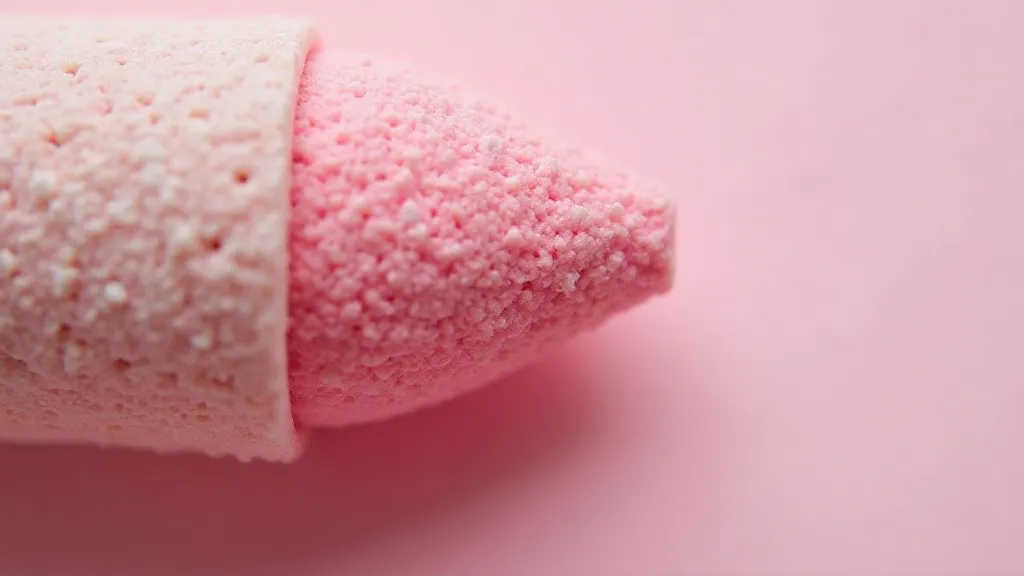
The Legacy of the Pink Pearl
The Pink Pearl eraser may be a small object, but its story reflects a broader cultural shift. It embodies a time when stationery wasn’t just functional; it was an opportunity for creativity, artistry, and simple joy. The continued interest in collecting these charming relics speaks to a longing for a tangible connection to the past and an appreciation for the beauty of everyday objects.
The impact of these small objects extends beyond mere nostalgia; they serve as tiny windows into a bygone era, sparking conversations about craftsmanship, design, and the evolution of everyday tools. Beyond Pink Pearls, a broader understanding of the techniques used to manufacture vintage stationery – from rubber compounds to printing processes – reveals a rich history of innovation and artistic expression.
Whether you’re a seasoned collector or simply curious about the world of vintage stationery, the Pink Pearl eraser offers a fascinating glimpse into a bygone era. With careful research, proper preservation, and a keen eye for detail, you can begin your own journey into the captivating world of collectible pencil erasers.
